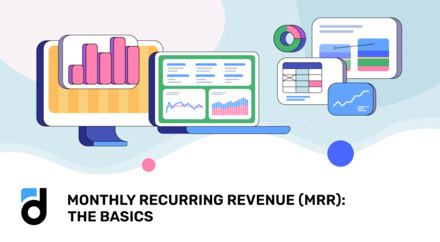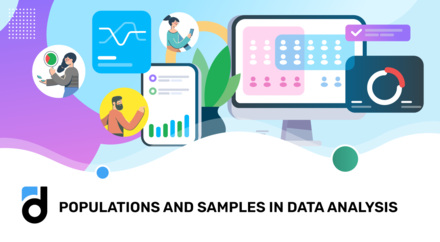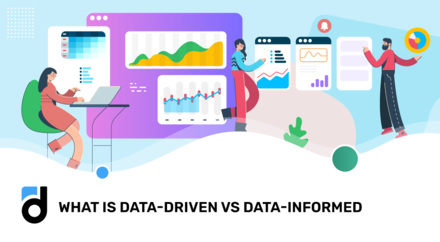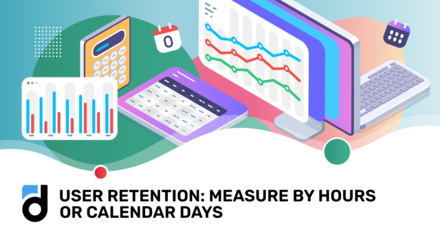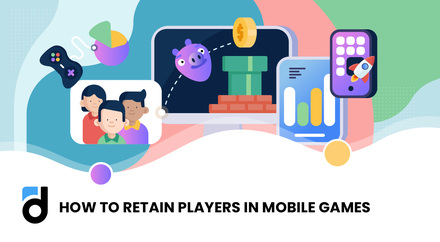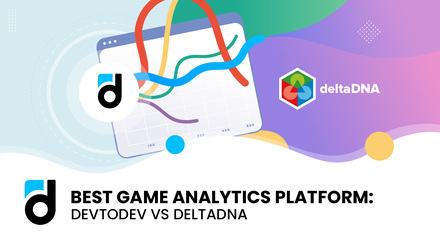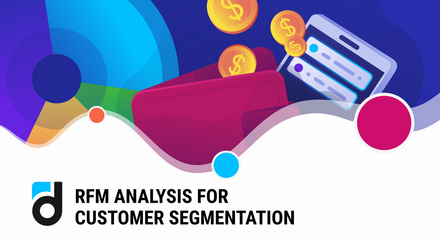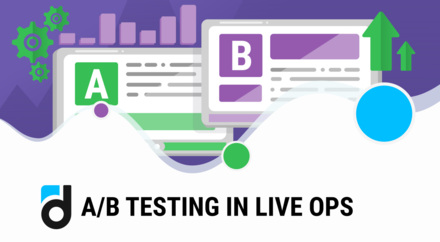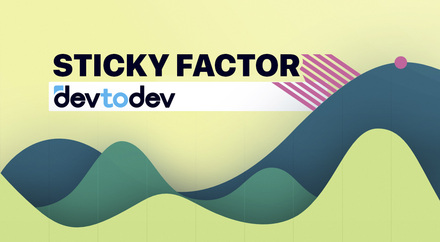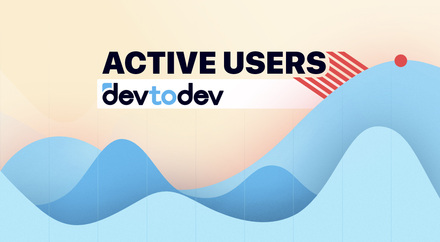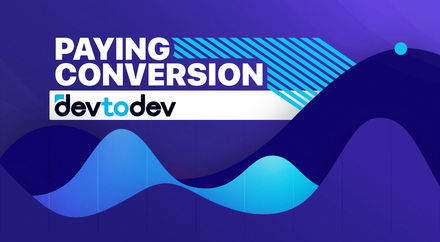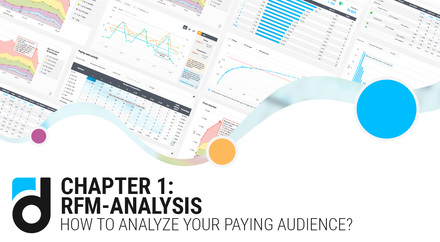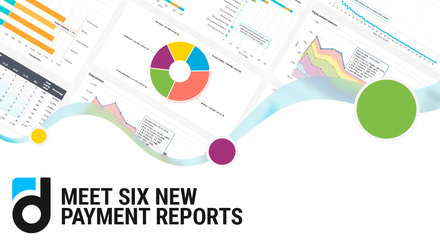Why do developers want users to very loyal to their product: open it as often as possible, spend as much time as possible and use it for as long as possible? Just because all this increases the probability of making a payment in the game/application.
To estimate the total amount of time a user spends in a game, there is a special behavioral metric called “Total Daily Play Time”. It’s formula is:
Total Daily Play Time = Total Sessions Length / Active Users, where
Total Sessions Length is the total length of all sessions per day, and Active Users is the number of active users per day (DAU)
Read more: Game Analytics Metrics Glossary
How to distinguish from Average Session Length
Total Daily Play Time is similar to another metric, Average Session Length, which is calculated in the following way:
Average Session Length = Total Sessions Length / Number of Sessions, where
Total Sessions Length is the total length of all sessions per day, and number of sessions is the number of sessions per day
Let’s take a look at an example. We have the following session information about five users:
|
user 1 |
user 2 |
user 3 |
user 4 |
user 5 |
|
02:30 |
16:20 |
04:17 |
08:16 |
07:32 |
|
05:13 |
09:43 |
05:25 |
02:11 |
|
|
07:02 |
07:54 |
07:10 |
||
|
01:45 |
04:08 |
|||
|
09:24 |
The total duration of all sessions is 1:38:50
Number of sessions - 15
Number of users - 5
As a result, we get that:
Average session length = 06:35
Total Daily Play Time (average time in the game) = 19:46
Feel free to enroll in our free online course on Game Analytics (From Basics to Advanced Strategies)
The values of these metrics depend on the type and purpose of the application. Hyper-casual game values are less than in a hardcore game, e.g. in a calculator, the values are less than in a planner application.
By imposing various conditions on the total daily play time, you can find out how long it takes the user to complete an action, for example:
-
how many hours does it take to complete N levels in the game,
-
how long does it take to complete one or another level,
-
How long does it take to solve the puzzle,
-
how much time has passed before the first purchase,
-
how much time passes between the first and second purchases,
-
how much time passes before the user leaves the game/application.
Thus, you can answer many questions related to the time before/after a certain user action.
Schematically, one day of a player may look like this:

Here we can see three sessions, one purchase, and one level up.
But if you take into account the playing time, then the picture of user behavior will look more complete and informative:
-
the user spent 10.5 hours a day in the game,
-
the user passed level 1 after 4.5 hours in the game,
-
the user passed level 2 after 8 hours in the game,
-
the user passed level 3 after 9 hours in the game,
-
the user made a purchase at level 2 after 7 hours in the game.
Read more: Retention Metric
How to put total daily play time into practice
Using this metric, you get to know how much time a day the user spends in your product, what exactly they do there, and when exactly they do it. With this data at hand, you can better plan your marketing strategy by linking your activities to the exact time after installation, and not to the day as a whole. Besides, you get a much more accurate value of user lifetime. For example, the “classic” lifetime shows us that an average user spends 50 days in the project while using a more accurate calculation we see that they spend only 180 hours.
Total daily play time is a behavioral metric, so it does not directly affect revenue. However, you should know its average values for your game/application in order to notice possible deviations that may affect product monetization metrics that in turn affect your income.
Read more: Game Analyst: Job, Career and How to Start












































